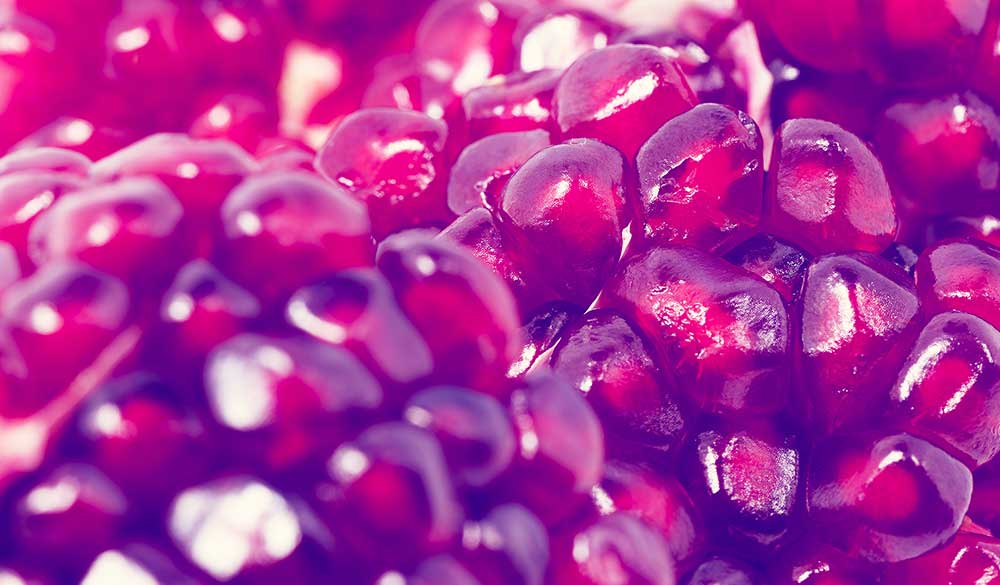Staphylococcus and Streptococcus spp. have the potential to be pathogenic organisms, causing a wide spectrum of infections and health problems. In two recent experimental studies, Punica granatum (pomegranate) peel had antimicrobial and anti-biofilm effects against Staphylococcus aureus and Streptococcus mutans, revealing further potential therapeutic benefits of this medicinal plant.
Pomegranate has been used traditionally for infections worldwide, with studies showing the peel extract to have antibacterial, antifungal, antiviral and antioxidant effects.[1,2] An important bioactive phytochemical in pomegranate peel is punicalagin, an ellagitannin. Research has shown punicalagin to have strong antimicrobial activity; however, its effect on Staphylococcus spp. has not been fully examined. Therefore, researchers sought to investigate the potential of punicalagin as an antimicrobial and antibiofilm agent against S. aureus.[1]
Bacterial culture analysis showed punicalagin had good inhibitory effects against seven strains of S. aureus, with a strong bactericidal effect. Permeability of potassium ion (K+) efflux was then tested to measure if there was an effect on membrane integrity. A three-fold acceleration in K+ efflux, when in contact with punicalagin, revealed a potential loss of S. aureus cell viability. Additionally, microscopic examination showed punicalagin may interfere with cell wall synthesis or cell division.
Finally, the researchers tested the antibiofilm effect and found a statistically significant inhibitory effect on 47-90% of the biofilm.[1]
In another study, the effect of pomegranate on the virulence factors, such as biofilm formation, acid and extracellular polymeric substance (EPS) production, of the cariogenic bacteria S. mutans was investigated.[2]
Pomegranate was found to be bactericidal against S. mutans, and significantly reduced acid production by planktonic (bacteria released or not yet part of a biofilm) cells.[2]
The peel extract also significantly inhibited insoluble EPS production in the biofilm by 54-76%.[2] The EPS is necessary for the structure and function of the biofilm.[3] Additionally, it reduced overall biofilm formation by 91% after the first six hours of exposure and by 65% 24 hours after exposure.[2]
Biofilm formation reduces the capacity of antimicrobials and the immune system to act upon pathogenic organisms.[4] These findings suggest pomegranate has the potential to be effective against both bacteria and their biofilms.
References
- Xu Y, Shi C, Wu Q, et al. Antimicrobial activity of punicalagin against Staphylococcus aureus and its effect on biofilm formation. Foodborne Pathog Dis 2017;14(5):282-287. [Abstract]
- Gulube Z, Patel M. Effect of Punica granatum on the virulence factors of cariogenic bacteria Streptococcus mutans. Microb Pathog 2016;98:45-49. [Abstract]
- Flemming HC, Wingender J, Szewzyk U, et al. Biofilms: an emergent form of bacterial life. Nat Rev Microbiol 2016;14(9):563-575. [Abstract]
- Bjarnsholt T. The role of bacterial biofilms in chronic infections. APMIS 2013;121(S136):1-51. [Full Text]
DISCLAIMER:
The information provided on FX Medicine is for educational and informational purposes only. The information provided on this site is not, nor is it intended to be, a substitute for professional advice or care. Please seek the advice of a qualified health care professional in the event something you have read here raises questions or concerns regarding your health.



